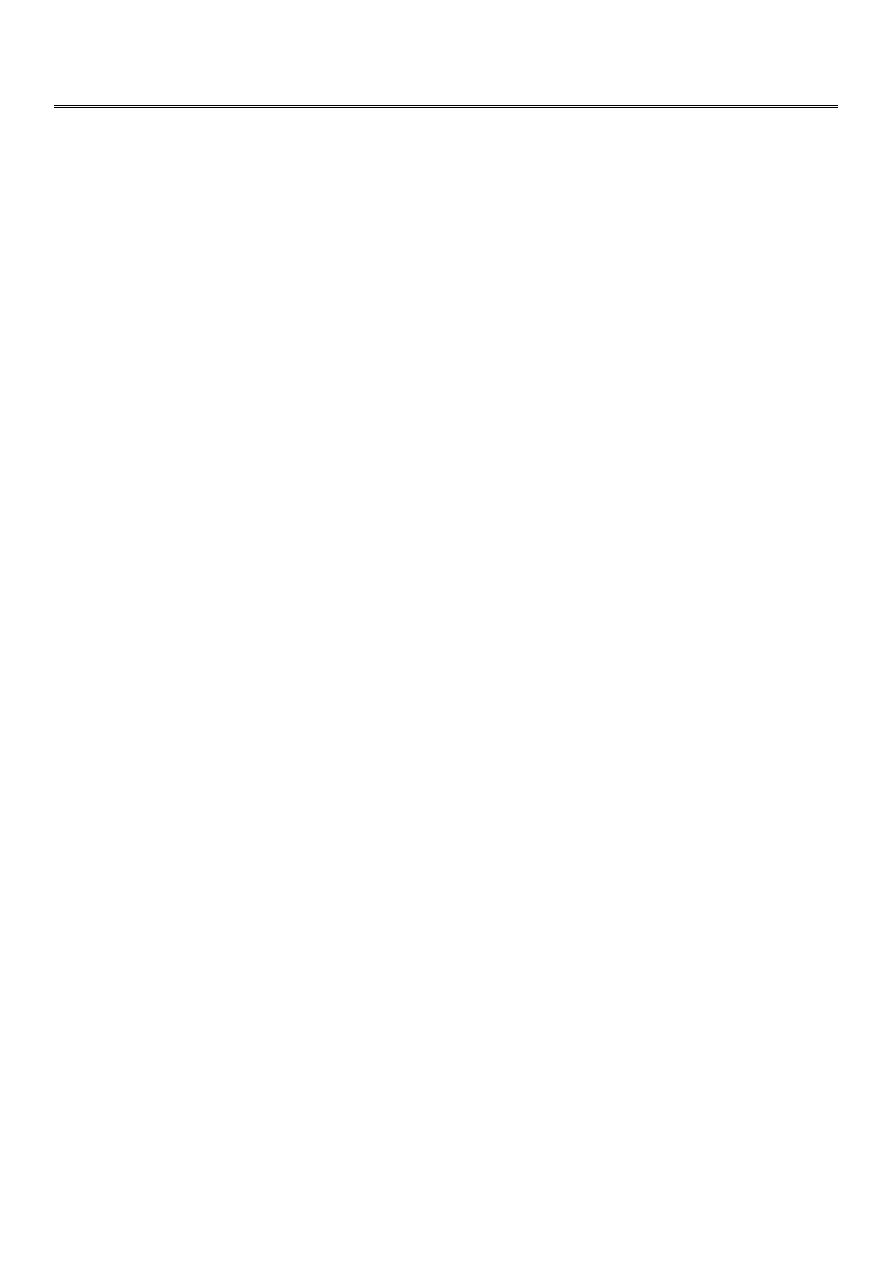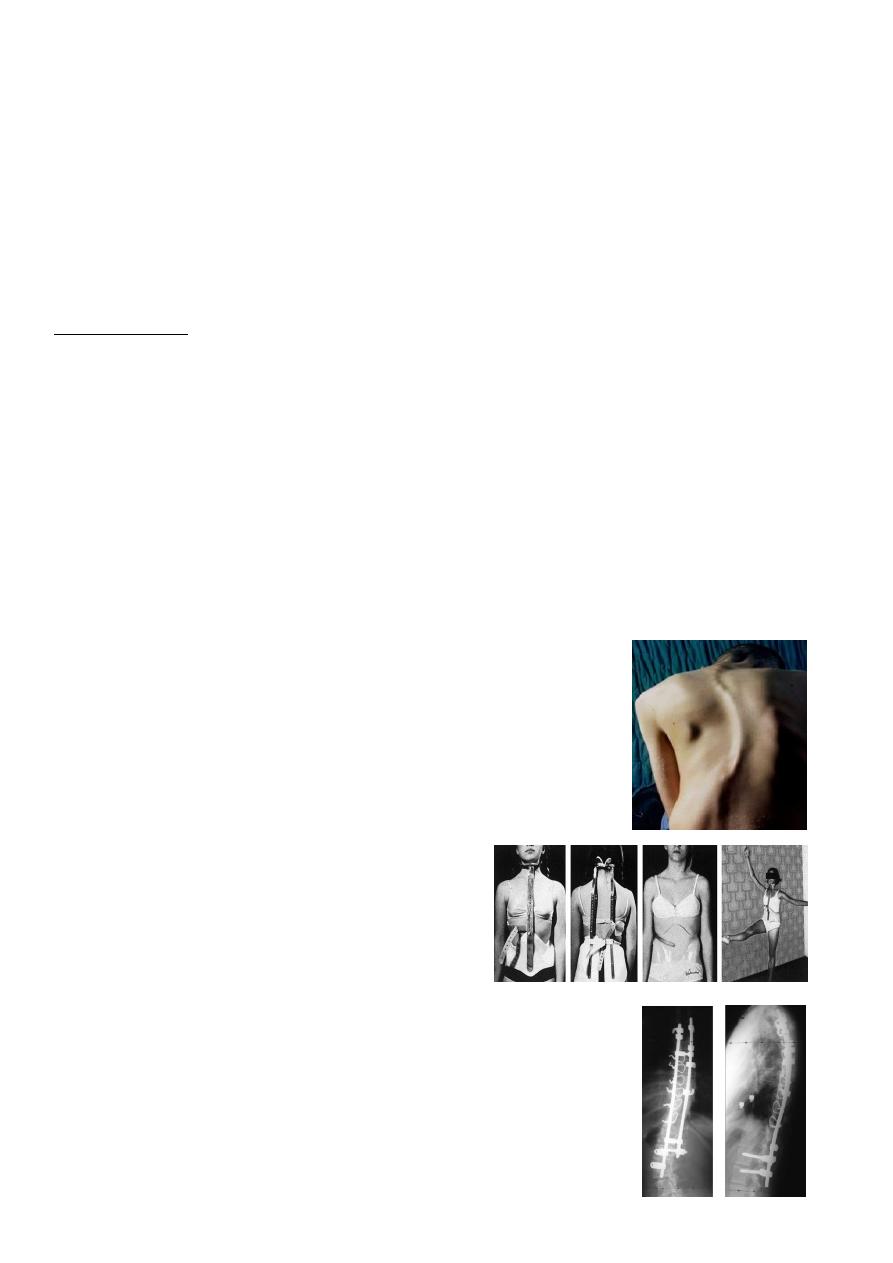
1
Fifth stage
Surgery-Ortho
Lec-9
.د
مثنى
1/1/2014
BACK
Commonest symptom after common cold is
Backache
It might be in or either side of midline.
It might extent to buttock and lower limb.
Pain when extent to thigh and calf called sciatica, commonly it is referred pain.
Pain of back should analyzed carefully.
Low backache the most common disability in industrialized countries.
14% of population developed episode of backache for more than two weeks
Backache is frequent cause of disability.
Careful clinical examination is essential.
Backache is common symptom of febrile and systemic disease.
Back strain is very common and respond to simple treatment.
Backache in children should taken seriously.
In 20-40 prolapsed disc is common.
Chronic low backache might result from osteoarthritis.
Very sever constant backache arose suspicion of infection or tumor.
Backache with claudication result from spinal stenosis.
Backache might associated with psychomotor ailment.
Back symptoms
Stiffness
Deformity
Numbness and paraesthesia
Limb weakness.
Associated symptoms.
Back examination
Look ( skin ,shape, posture).
Feel (skin , soft tissues and bone).

2
Move ( flexion, extension, lateral flexion, rotation) examination of power.
Examination in prone
Examination in supine position and abdominal examination. .
Detailed neurological examination of reflex, power, sensation, straight leg raising test and
femoral stretching test.
Back Imaging
The imaging used in back examination are:
x-ray,
CT,
MRI,
Mylography
, and radioactive bone scan.
Scoliosis
lateral (sideway) curvature of spine.
In fact it is not only lateral curvature but in the commonest form of scoliosis it is triplanar
deformity (lateral , antero-posterior and rotational )
There is two types of scoliosis :
1- postural scoliosis
Sciatic scoliosis
Compensatory scoliosis
2- Structural scoliosis
Adolescent idiopathic.
Infantile idiopathic
Osteopathic
Neuropathic
Myopathic
Postural scoliosis
Postural scoliosis : lateral (sideway) curvature of spine in this type of the deformity is
secondary or compensatory to some conditions outside the spine such as short leg , pelvic
tilting , postural deformity result from muscle weakness in children, and disc prolapse .
When the patient set the deformity disappear

3
Structural scoliosis
Structural scoliosis: Adolescent idiopathic, Juvenile idiopathic, Infantile idiopathic,
Osteopathic, Neuropathic, Myopathic, and Other form of scoliosis
Adolescent idiopathic scoliosis
it is the commonest and most important type. Usually presented before puberty, it occur
anywhere in vertebra, lateral tilting usually associated with rotation and rib deformity and
hump.
Clinical feature:
Symptoms
1- deformity . 2- pain.
Imaging of scoliosis:
Plain x- ray : full length postero-anterior and lateral views of the spine and iliac crest should
be taken in erect position . The upper and lower ends of the curve are identified as the
levels where vertebral symmetry is regained . The degree of the curve is measured by
(cobb`s angle) . Right thoracic curve is the commonest . Common age is 10-16 years, clinical
examination by bending test which used for scoliosis screening.
Common age is 10-16 years
clinical examination by bending test.
screening
For 20-40 degree
Above 40 degree or progressive curve

4
Other form of scoliosis
Juvenile scoliosis.
Infantile scoliosis.
Osteopathic scoliosis
Neuropathic scoliosis.
Myopathic scoliosis.
Kyphosis
Abnormal forward bending of spine. Normally kyphosis is seen in the thoracic spine
.Excessive curvature might be better described as hyperkyphosis , kyphos or gibbus
which is sharp posterior angulation due to localized collapse or wedging of one or
more vertebrae .
Abnormal forward bending of spine. Normally kyphosis is seen in the thoracic spine
.Excessive curvature might be better described as hyperkyphosis , kyphos or gibbus
which is sharp posterior angulation due to localized collapse or wedging of one or
more vertebrae .
Abnormal forward bending of spine.
Postural kyphosis.
Structural kyphosis.
Congenital kyphosis.
Adolescent kyphosis (scheurmann’s disease).
Kyphosis in the elderly.
Angular kyphosis may follow infection like tuberculosis or trauma. Rounded kyphosis
occur in senile kyphosis or adolescent kyphosis .
Adolescent kyphosis (scheurmann’s disease):
It is growth disord;er in which the vertebral shape become more wedge. It occur in
several thoracic spine.
It occur in puberty as round kyphosis with Backache. The deformity is fixed.
X-ray show irregularity in vertebral end plate and mild wedging of vertebral body.
Mild cases treated by exercise ,
moderate cases treated by braces for 1-2 years,
sever cases with curvature more than 60 degrees need surgical correction.
Kyphosis
Angular kyphosis
Infection
Trauma
Rounded kyphosis.
